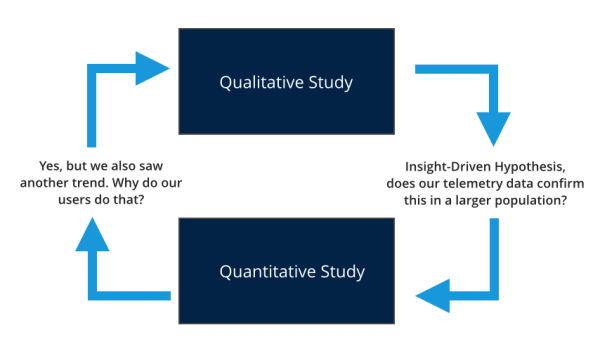Why Mozilla conducts qualitative user research: the homophilic bubble

Bill Selman, Lead UX researcher at Mozilla, starts this most inspiring post with a quote from a former colleague who now works for a major social network:
You know, we have all the data in the world. We know what our users are doing and have analytics to track and measure it, but we don’t know why they do it. We don’t have any frameworks for understanding behavior outside of what we speculate about inside the building.
He underlines how “technology and business organizations often default to a positivist worldview and subsequently believe that quantitative results that provide numeric measures have the most value. The hype surrounding big data methods (and the billions spent on marketing by vendors making certain you know about their enterprise big data tools) goes hand-in-hand with the perceived correctness of this set of assumptions.” He continues by saying that, “given this ecosystem of belief, it’s not surprising that user research employing quantitative methods is perceived by many in our industry as the only user research an organization would need to conduct.”
He then goes on to explain why qualitative research methods are essential for technology user research because of one well-documented and consistently observed facet of human social life: the concept of homophily.



